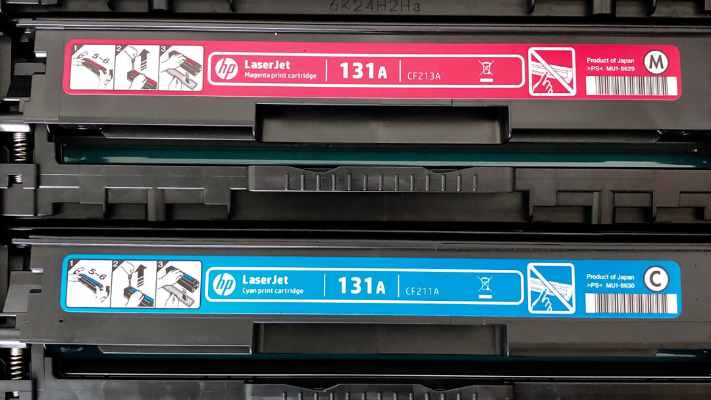When Should You Use Roll or Sheet Labels In Printing Custom High Gloss Labels
9th Mar 2020

There are many uses of custom high gloss labels. Some common types of labels include product labels, name tags, organization labels, shipping labels, parcel labels, and filing labels, among others. Apart from classifying labels based on use, labels may also get categorized based on the printer paper used to make them.
The sheet and roll labels are two types of labels that differ based on the paper used to make them. This post presents to you the pros of sheet and roll labels, and it also explains to you when and why it's ideal to use sheet or roll labels for your custom high gloss labels.
What Are Sheet Or Roll Labels?
Sheet labels are made from printer paper that comes in sheet form. The paper that these labels get printed on comes in varying sizes which include the 12" x 18", 8.5" x 14", 11" x 17", and 8.5" x 11" paper sizes. These papers produce labels printed by laser and inkjet printers.
You can make roll labels from rolls of paper wrapped around a cardboard spool in a manner akin to a tissue paper roll. These labels can only get printed by dedicated label printers such as thermal transfer and direct thermal printers. Rolls of label paper used on these printers come in two sizes, which are the 3" and 1" rolls.
Inkjet printers take rolls of 2-inch or 3-inch printer paper often mounted on the roll printer that feeds the paper into the printing compartment.
When and why should you use sheet or roll labels for printing your high gloss labels?
Is Printing Speed A Concern For You?
Roll printers print at a fast rate, and they're ideal when you need to reduce the printing time. Some roll printers may even print as many as 70 labels in one minute. A roll label printer is also ideal for bulk printing because the printing price per label is lower than the price per label for sheet labels. If you're seeking to print 500 labels and above, the roll labels may be more affordable and quick to print than sheet labels.
Is The Printable Content On The Labels Different?
For label printing projects such as name tags, shipping labels, and barcodes where the information on each label is different, it's easy and fast to use a roll printer to create roll labels. The dedicated label printers used in creating such labels print out one label at a time. As such, it's easy to customize the content on each custom high gloss label.
Do Your Custom High Gloss Labels Have The Same Information?
If you're printing product labels for products such as wine or labels for a return address, then using sheet labels to print your custom high gloss labels makes more sense.
Do You Want Your Custom Labels To Have Different Colors And Materials?
It's beneficial to use sheet labels because there is a wide array of material types for sheet labels. There are approximately 35 distinct material types for sheet labels. But the roll labels don't have as many kinds of materials for roll labels. Sheet label material thus allows you to experience a wide variety of labels made from unique materials. It's therefore ideal for custom high gloss labels.
Is The Cost Part Of Your Concerns?
Roll labels are often cheaper than sheet labels. Such labels are ideal when you need a high volume of labels. But if you're thinking about developing a high-end label printed on different classy backgrounds and in different materials, then sheet labels may be ideal though a little costly when compared to roll labels.
Now that you've had a glimpse of the difference between roll and sheet labels, it's likely that you'll make a sound decision when choosing your printer paper type and printer for developing your business labels.
Remember, an estimated 54% of customers state that they read the labels of products during their first buying of a product. As such, well-designed custom high gloss labels are a perfect way for you to leave a memorable impression on your first-time clients' mind.